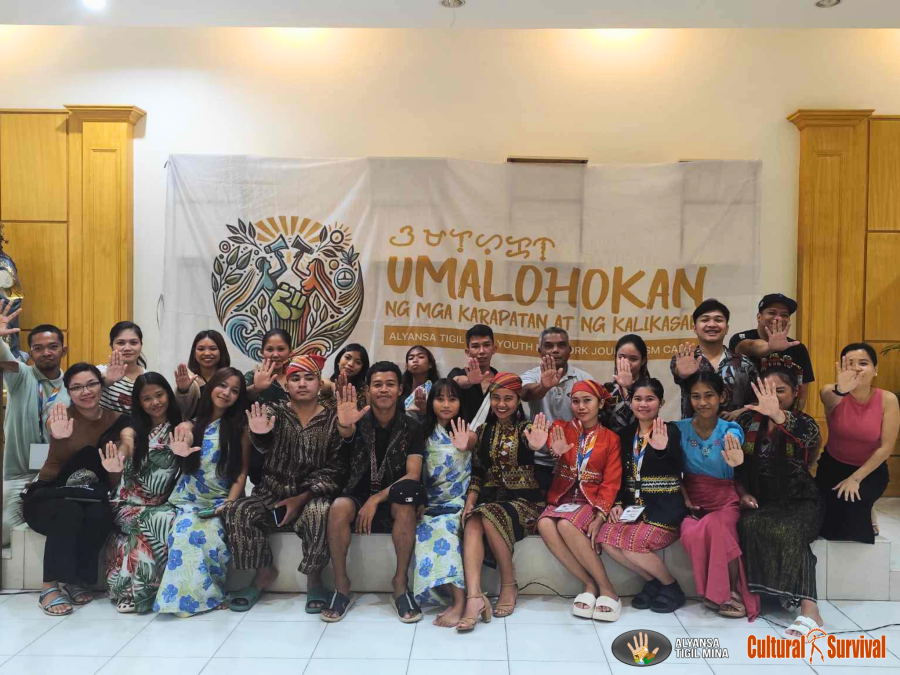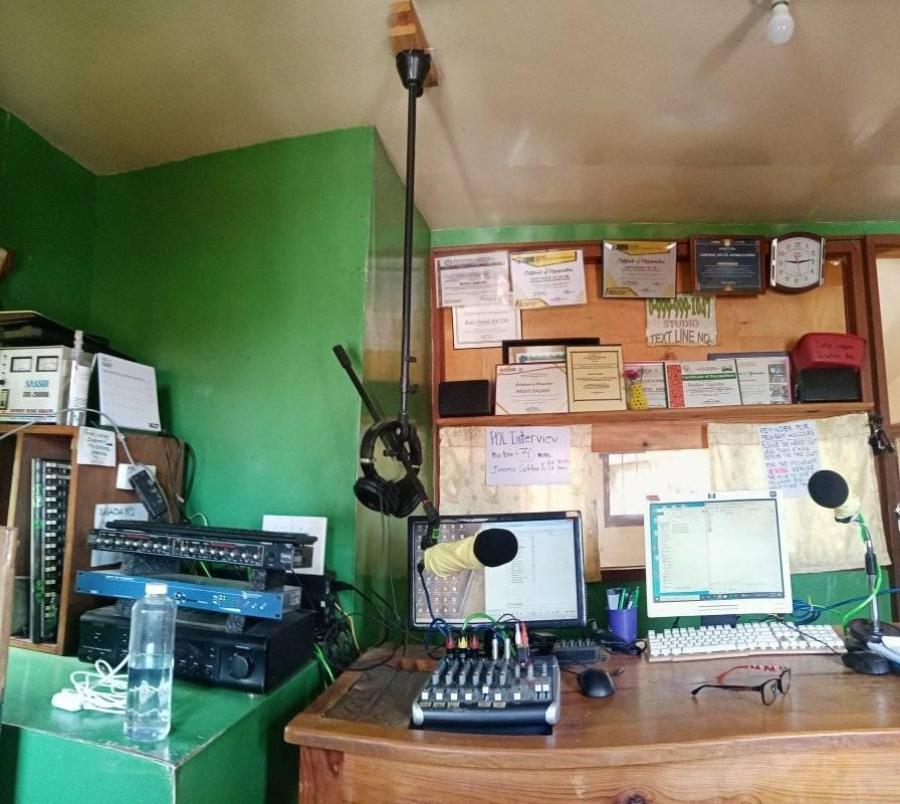An unusual beam of light slashes briefly through the dark forest. Immediately, two alimaongs (Higaonon warriors) investigate. Their duty tonight is guarding twelve Higaonon elders: Datus (male chiefs) and Baes (female chiefs) sleeping on the floor of a small thatched-roof hut. Known as defenders of the rainforest, elders are often targeted by various groups involved in illegal exploitation of the rich forest resources. As it turns out, the light comes from two friendly neighbors making a rare late night journey home from a relative's wedding.
The slight commotion wakes the slumbering Higaonon, and one by one they sit up. The rag wick of a crude kerosene bottle lamp is lit. Excited about the coming day's events, they softly discuss the first seedling planting for their Tribal Agro-Forestry Technology (TAFT) project. The topics include division of labor, work groups, rituals, and hope. A bat suddenly flies in, circling several times before exiting. The elders recognize it as an ancestor approving and blessing them -- a good omen. Reverent and content, they lie down to sleep once more.
Before dawn, over 100 Higaonon tribespeople gather at the Lumbaan project site, located next to the Mindanao virgin rainforest. Many have traveled from distant villages scattered throughout the ancestral domain to be a part of this historic event. Excitement fills the air. For the first time, they feel hope: hope to reclaim and preserve their shrinking forest; hope for the wildlife; hope for their own survival, for if the forest dies, the tribe dies.
Dawn breaks as the Higaonon elders chant prayers, thanking the Great Creator for the Forest, the Sun, the Moon, and the Day, for the blessings received, for the seedlings surrounding them, and for the support granted their project. The tribespeople all stand in reverence as the elders call to their ancestors to gather round, partake in the ritual, and oversee and bless the planting. The day -- this first planting of Durian seedlings -- is a new beginning.
Regarded as a highly energized spiritual haven, the forest is a resource for all aspects of Higaonon life: spiritual, physical (medicine, food, shelter and clothing), and cultural. Consistent destruction of the rainforest in recent decades by logging (legal and illegal) and lowland encroachment has diminished the forest and its ability to provide sufficiently for the Higaonon. Abbaca, used by the Higaonon for centuries to weave into cloth, is depleted by outsiders' commercial harvests. The tribe now finds itself hungry and in dire condition, turning to the world for the help it needs to survive while trying to maintain the integrity of ancient tribal customs.
Over a year ago, the Higaonon elders and community developed TAFT to reclaim the areas in their ancestral domain in need of reforestation and to preserve the remaining virgin rain- forest. TAFT also creates additional sanctuary for the many endangered plant and wildlife forms in the area. It allows the tribe to continue to abide by their customary laws, preserve their culture, protect their inherent land rights and attain sustainability and self-determination.
Article copyright Cultural Survival, Inc.



